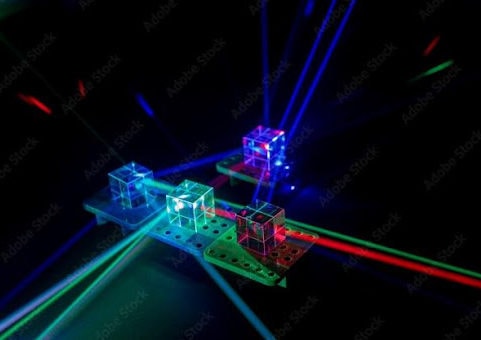Unlocking Optical Precision: The Advantages of Aspheric Lenses
Created at : Jan 20 2024
In the realm of optical technology, the pursuit of precision and clarity has led to the development of innovative solutions. One such advancement comes in the form of aspheric lenses, a specialized optical component that deviates from the traditional spherical lens design. Sterling Precision Optics, a leading provider of aspheric lenses, stands at the forefront of this optical revolution.
Understanding Aspheric Lenses
An aspheric lens is distinguished by its non-spherical profile, featuring a front surface that deviates from a simple curve. This deviation can take the shape of an ellipse, parabola, hyperbola, or quadric, imparting a more complex curvature along the optical axis, from the center to the edge. The fundamental distinction between a spherical lens and an aspheric lens lies in this nuanced curvature, offering a solution to correct optical aberrations that commonly plague conventional lenses.
Advantages of Aspheric Lenses
Aspheric lenses hold a distinct advantage over their spherical counterparts by effectively mitigating or attenuating various optical aberrations. The most notable of these is spherical aberration, which causes spherical lenses to fail in converging parallel light into a precise focal point, resulting in blurred images. By eliminating the effects of spherical aberration, aspheric lenses deliver sharper images with improved overall quality.
Additionally, aspheric lenses provide correction for chromatic aberration and astigmatism, further enhancing optical performance. This correction capability makes them indispensable in applications where image precision is paramount.
Noteworthy is the ability of aspheric lenses to allow a larger numerical aperture (low f-number), which translates to increased light throughput. This heightened light efficiency contributes to higher power efficiencies, making aspheric lenses ideal for applications that demand optimal performance in low-light conditions.
Reduced Element Number and Compact Designs
Incorporating aspheric lenses into optical systems allows for the reduction of the overall element count. The superior aberration correction offered by aspheric lenses enables the substitution of a fewer number of these lenses for multiple spherical lenses. This not only simplifies optical designs but also contributes to the creation of more compact and lightweight systems.
The streamlined optical path facilitated by aspheric lenses leads to simplified, efficient designs, which, in turn, can result in lower production costs. The cost-effectiveness and compactness of designs make aspheric lenses an attractive choice for a wide range of applications.
Versatile Applications
The applications of aspheric lenses span a diverse range of industries and technologies. From barcode scanners and laser diode collimation to illuminations, original equipment manufacturer (OEM) integration, and research and development projects, aspheric lenses find utility in various optical systems where precision and clarity are paramount.
Conclusion
Sterling Precision Optics stands as a beacon of innovation in the realm of aspheric lenses. The unique properties of these lenses, including the correction of spherical aberration, chromatic aberration, and astigmatism, position them as indispensable components in the pursuit of optical precision. The ability to achieve higher power efficiencies, reduce element numbers, and simplify designs underscores the significant advantages that aspheric lenses bring to diverse applications. As the demand for optical clarity continues to rise, Sterling Precision Optics remains at the forefront, delivering solutions that redefine the boundaries of optical excellence.

 CUSTOM OPTICAL FILTERS
CUSTOM OPTICAL FILTERS
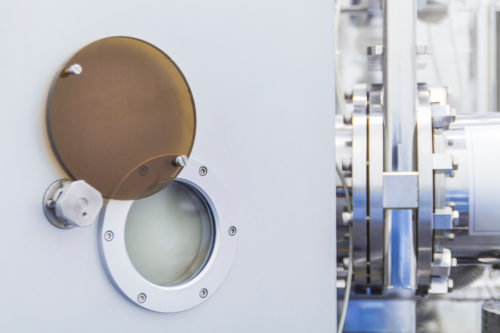 OPTICAL WINDOWS
OPTICAL WINDOWS
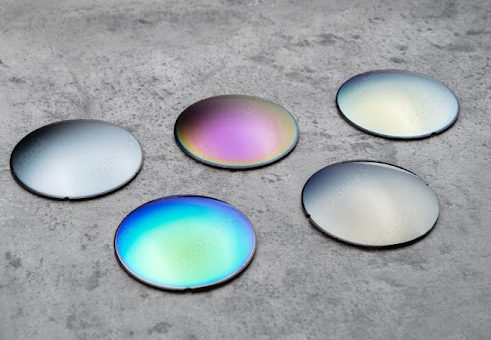 OPTICAL COATINGS
OPTICAL COATINGS
 UV OPTICS
UV OPTICS
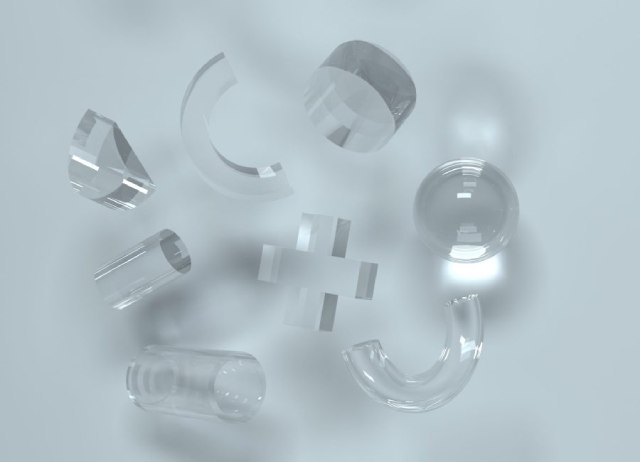 CYLINDRICAL OPTICS
CYLINDRICAL OPTICS
 CUSTOM TEMPERED OPTICS
CUSTOM TEMPERED OPTICS
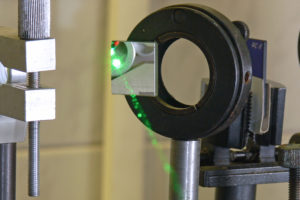 OPTICAL MIRRORS
OPTICAL MIRRORS
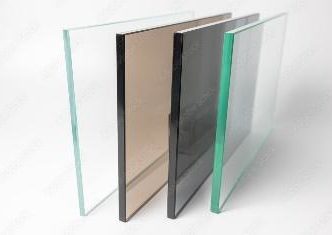 NEUTRAL DENSITY
NEUTRAL DENSITY
 PRISMS & RETROREFLECTORS
PRISMS & RETROREFLECTORS
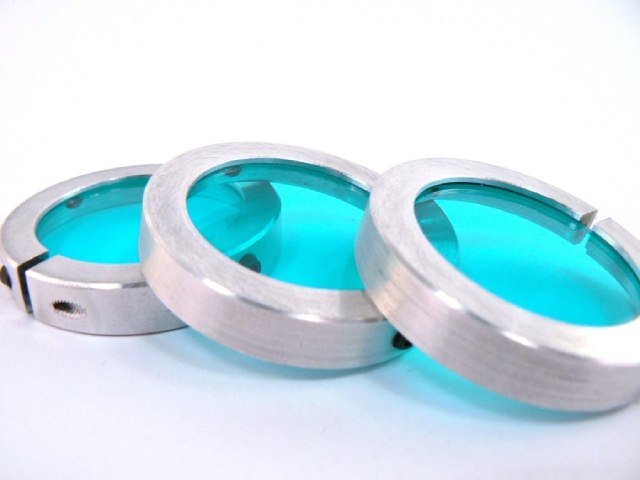 ASSEMBLIES
ASSEMBLIES
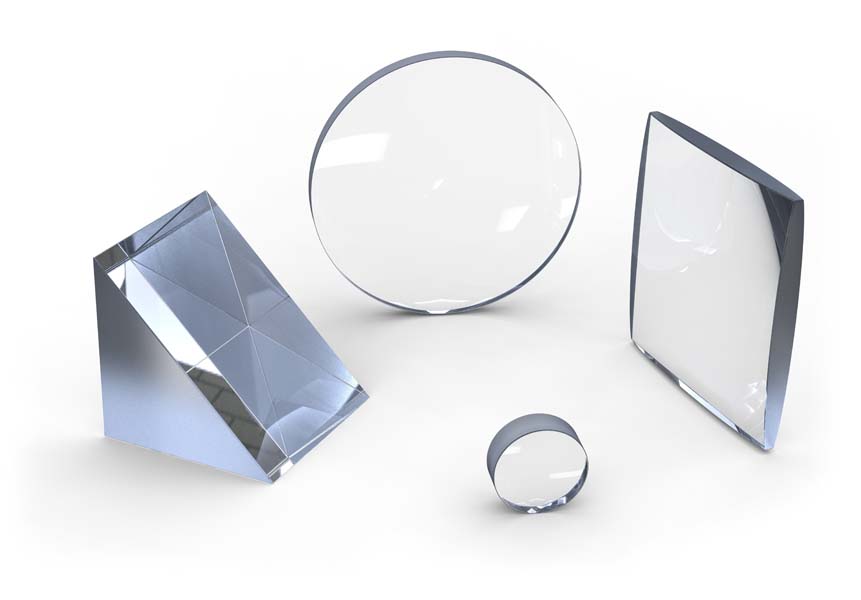 OPTICAL LENSES
OPTICAL LENSES
 NIGHT VISION FILTERS
NIGHT VISION FILTERS
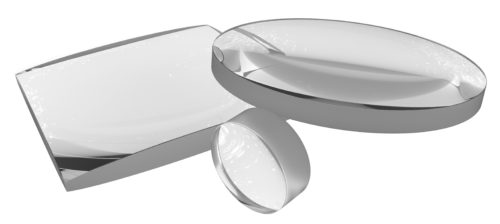 ACHROMATIC LENSES
ACHROMATIC LENSES
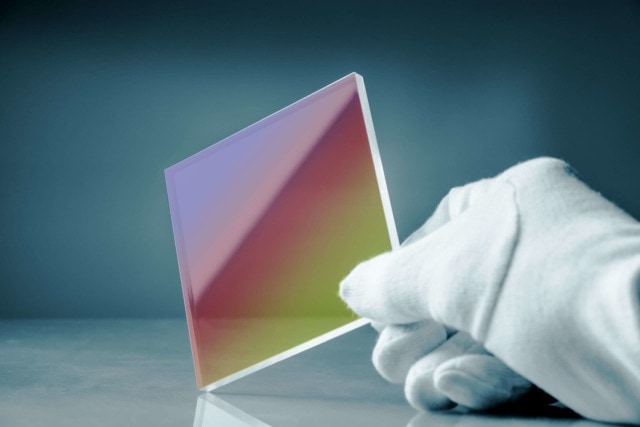 OPTICAL BEAM SPLITTERS
OPTICAL BEAM SPLITTERS
